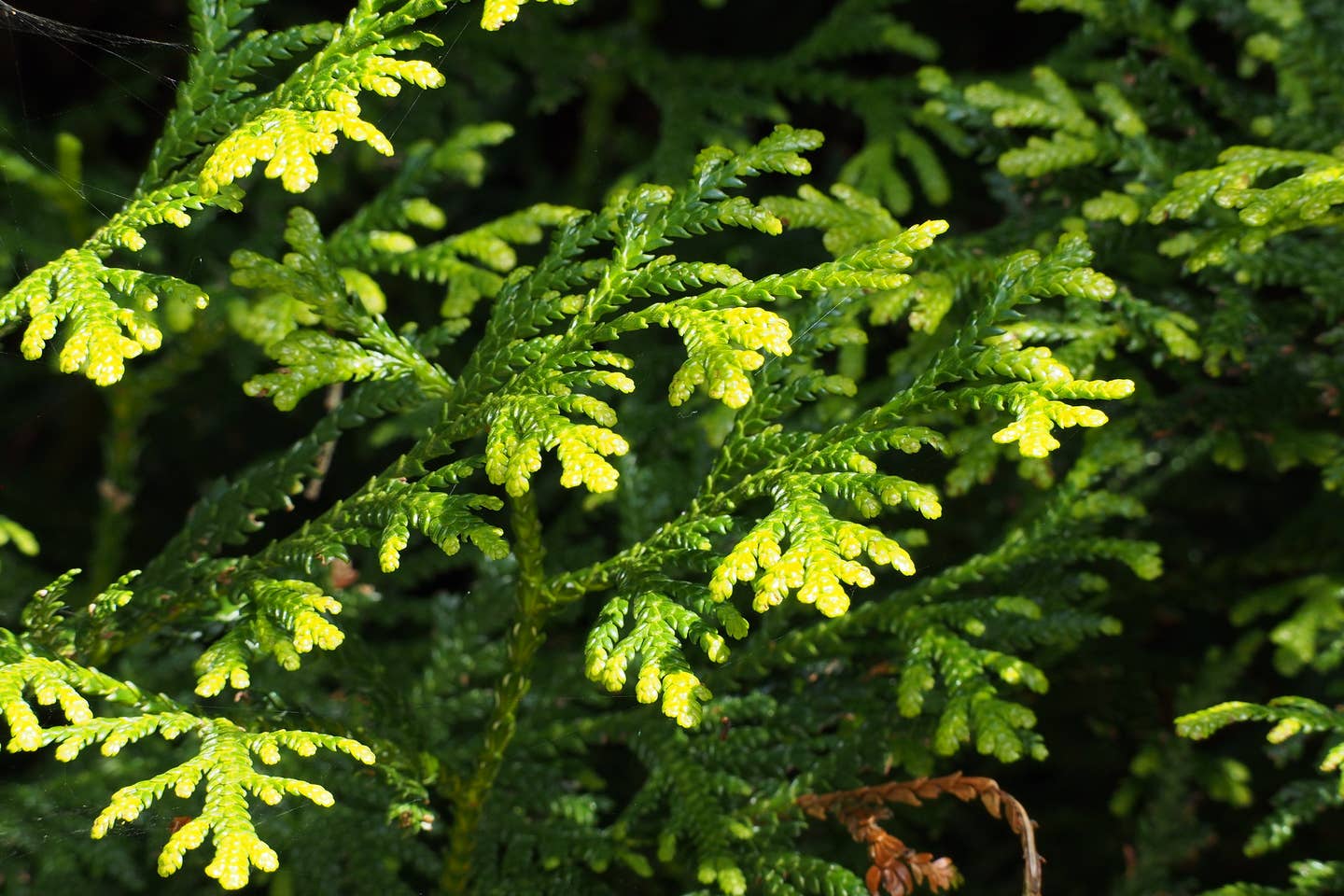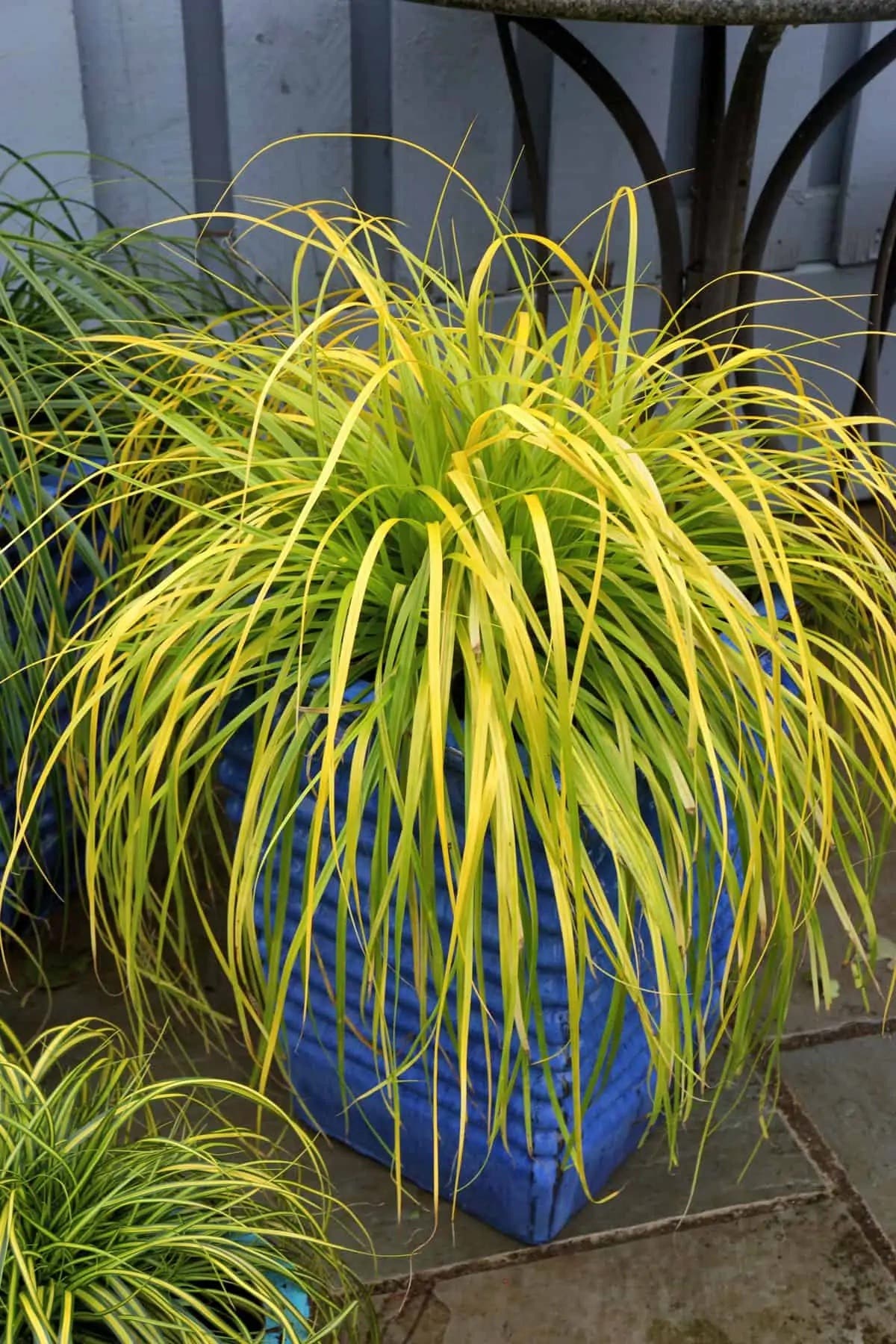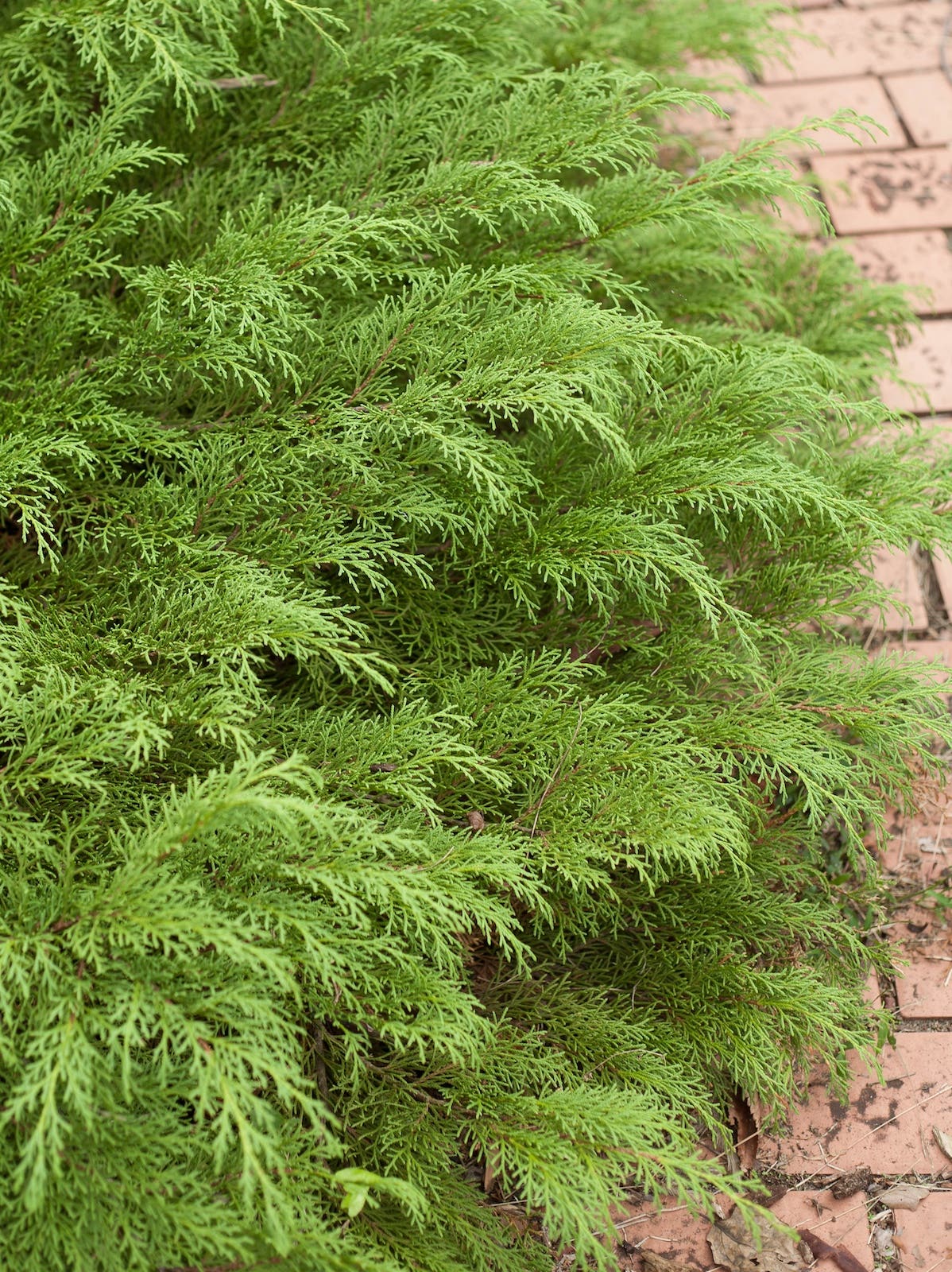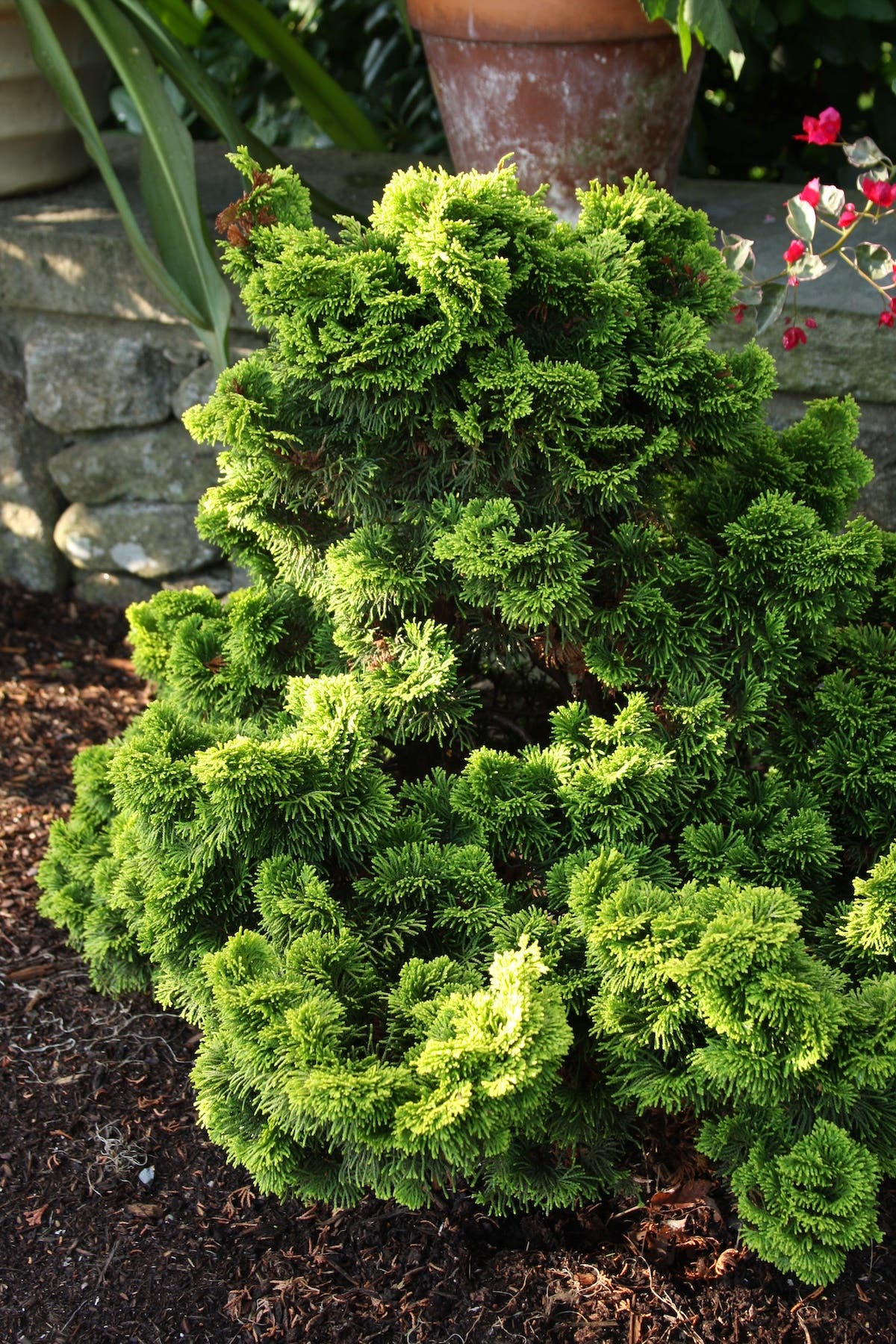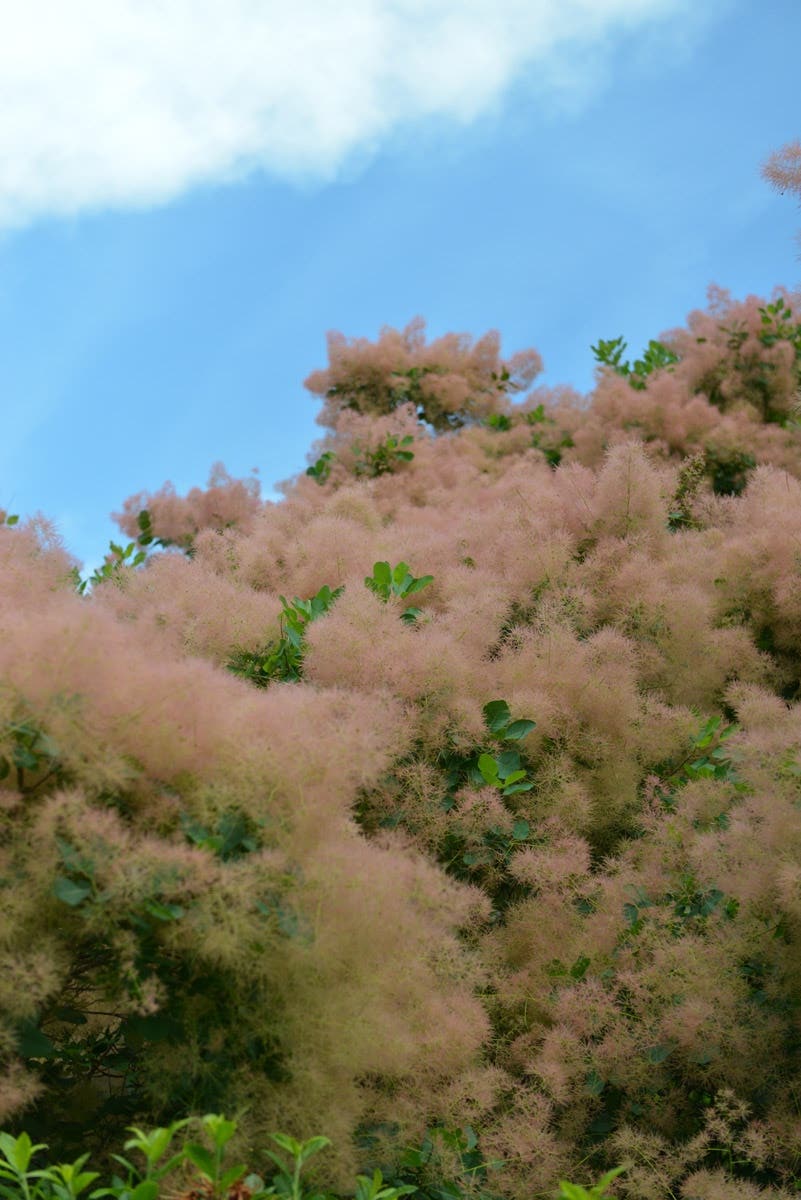How to Grow Four o’Clocks, an Old-Fashioned Garden Favorite
With few needs and flowers that open in the late afternoon, this old-fashioned favorite is a great choice for busy gardeners.
Four o’clocks (Mirabilis jalapa), native to the tropical regions of South America, add luscious color to garden beds and containers throughout summer. Bright green, heart-shaped leaves clothe mounds of juicy green stems that sprout easily from direct-sown seed. As the weather heats up, the pillows of foliage swell with tens, then hundreds, of brightly colored buds, which remain closed during the day. True to this plant's common name, those fat buds swirl open into flat-faced trumpet flowers in late afternoon. As the day ends, hummingbirds, insects and human garden visitors will zip right over to the golden, apricot and bright pink blossoms.
Like any plant that’s easy to grow from seed, four o’clocks come in an astonishing array of color selections. ‘Broken Colors’ is probably the most common, with seedlings bearing flecked flowers of magenta, white, orange and gold. Single-color strains are available as well. ‘Salmon Sunset’, ‘Yellow’, ‘Bright Orange’, ‘Pink’ and ‘White’ are easy to find if you’re looking to plant a large bank of one-hue four o’clocks. ‘Limelight’ is special; it has brilliant magenta flowers backed by thrilling chartreuse foliage.
Note: Check with your local extension agency before planting four o’clocks, as they can self-sow to the point of invasiveness in some regions (mostly tropical climates).
Growing four o'clocks
Four o’clocks are easy to grow from seed. They have large seeds, bigger than those of garden peas, so they’re easy to direct-sow. Wait to plant them until after the soil has warmed in spring and any danger of frost has passed. Soak the seeds overnight and then tuck them between cool-season plants like pansies and snapdragons. As the season heats up and those spring annuals fade, the four o’clocks will come into their own and take over the show.
Four o’clocks thrive in partial shade in the South or full sun in the North and gloomier climates. Frequent moisture—a good soaking two or three times a week—and rich soil will result in the heaviest bloom. Deadhead spent flowers to keep the plant's energy focused on blooming and to prevent unwanted self-sowing.
Tips for overwintering
Although they're usually treated like an annual, four o'clocks are actually tender perennials that develop tubers underground. They will not survive winter in USDA Zones 6 and colder, but their tubers can be stored indoors, similar to dahlias. Here's how:
- After the plant has died down in late fall, dig the tubers.
- Brush the soil from the tubers, but do not wash them. They need to remain dry for storage.
- Place the tubers in a cool and dry place, in a single layer (not stacked on each other) for three to four weeks, allowing them to dry completely. You can turn them over a couple times a week to ensure even drying.
- Once they're completely dry, line a cardboard box with newspaper or brown paper bags and place the tubers in the box. It's best to leave breathing room around the tubers (which look like dark carrots). However, it is okay to stack them in layers. Separate the layers with more paper.
- Cut a few holes in the box to allow air to circulate and to deter rotting.
- Store the box in a cool (not freezing), dry location until after the first spring frost and then re-plant them.


